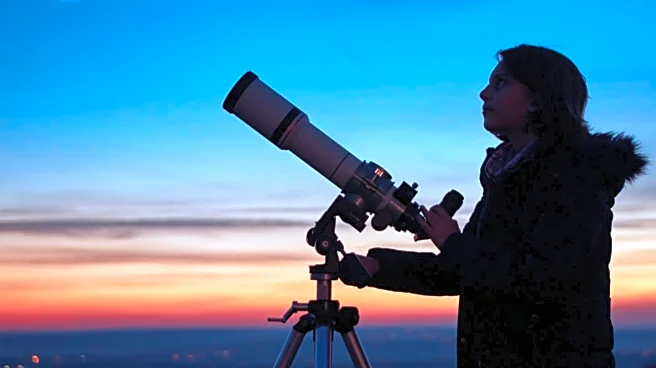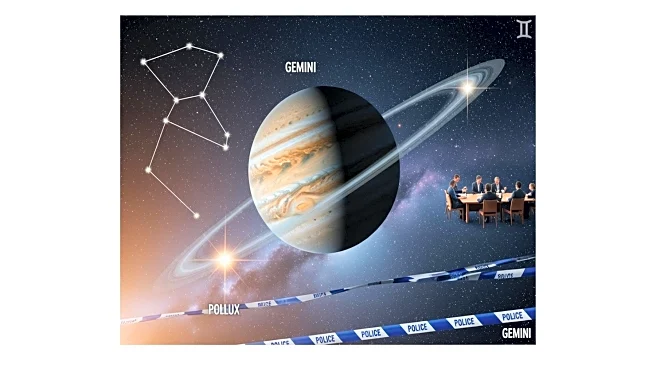What's Happening?
Astronomy Magazine's Editor Emeritus, Dave Eicher, is encouraging astronomy enthusiasts to observe Mercury, the planet closest to the Sun, which is currently visible in the evening sky. The optimal time
for viewing is shortly after sunset when Mercury can be seen low in the western sky. Due to its proximity to the Sun, Mercury often appears low on the horizon, making it a challenging target for observation. Eicher suggests using binoculars and advises patience while scanning the horizon to successfully spot the planet.
Why It's Important?
The opportunity to observe Mercury is significant for both amateur and professional astronomers, as the planet's proximity to the Sun often makes it difficult to view. This event provides a chance for enthusiasts to enhance their understanding of planetary movements and celestial navigation. Observing Mercury can also inspire interest in astronomy and science education, potentially leading to increased public engagement with space-related topics. The event underscores the importance of accessible astronomical phenomena in fostering a broader appreciation for science and the universe.
What's Next?
As Mercury continues its orbit, it will eventually move out of the evening sky, making this a limited-time opportunity for observation. Astronomy enthusiasts and educators may organize viewing events or workshops to take advantage of this period. Additionally, the visibility of Mercury could prompt discussions and educational content about the planet's characteristics and its role in the solar system. Future astronomical events, such as planetary alignments or meteor showers, may also capture public interest, building on the momentum generated by this viewing opportunity.
Beyond the Headlines
The visibility of Mercury offers a chance to reflect on the broader implications of space observation and exploration. It highlights the ongoing human curiosity about the cosmos and the technological advancements that have made such observations more accessible. This event may also prompt discussions about the importance of preserving dark skies and reducing light pollution to ensure future generations can enjoy and study the night sky. Furthermore, it serves as a reminder of the interconnectedness of celestial bodies and their influence on Earth's environment and culture.











